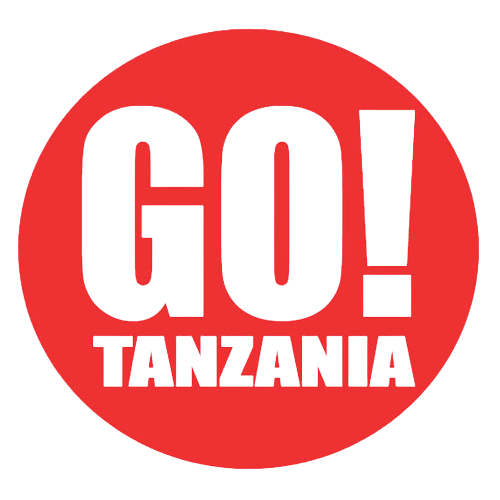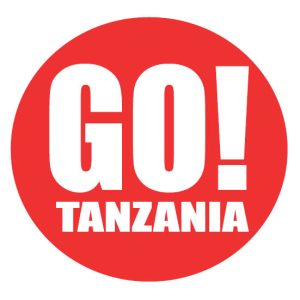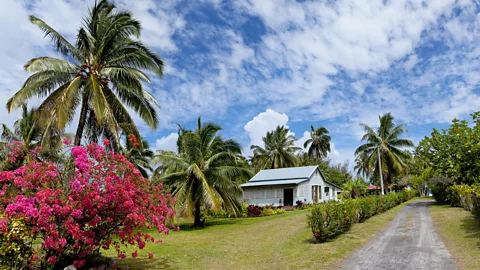
The Cook Islands is proving that sustainable tourism isn’t just possible – it’s essential. Here’s how this South Pacific nation is preserving their paradise for generations for come.
Landing on Rarotonga, the largest of the Cook Islands chain felt like stepping back in time. Gazing out of the taxi from Rarotonga airport to our resort, we were immediately struck by the absence of high-rise hotels, fast-food restaurants and corporate chains.
There were no traffic lights, only coconut palms lining the road, the scent of salt and frangipani drifting through the air and the jungle meeting the ocean in a seamless panorama. It felt like Hawaii in the 1960s: uncrowded, laid-back and refreshingly authentic.
Our taxi driver pointed to a low-slung resort along the shoreline. “No building can be higher than a coconut tree,” she said. This isn’t just a local tradition but a law set in 1965 by the Cook Islands’ first premier, Albert Henry, to prevent overdevelopment. She explained that only Cook Islanders can own land, ensuring that large corporations don’t dominate the landscape. We looked out onto hotels blending naturally into their surroundings and white-sand beaches ringed with long green parks, all free from litter and crowds.
We soon learned that this preservation of paradise is deeply intentional. Cook Islanders have made a conscious effort to ensure that Rarotonga never follows the path of overdevelopment seen in places like Honolulu. Instead, locals have committed to conservation, low-impact tourism and sustainable practices that benefit both locals and visitors.
“People come here because it is a paradise uncluttered by overdevelopment,” explained Jeremy Goodwin, regenerative tourism manager for the Cook Islands Tourism Corporation (CITC). “Our sacred duty as custodians of the land is to look after our paradise.”
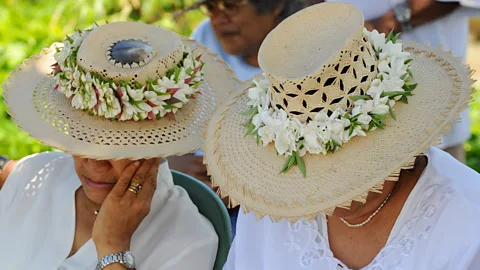
Thoughtul Travel
Green Getaways is a BBC Travel series that helps travellers experience a greener, cleaner approach to getting out and seeing the world.
This philosophy persists today – and extends beyond the sea. On the northern island of Pukapuka, for example, locals have practiced sustainable living for centuries, packing up their belongings and sailing by boat to another atoll within the lagoon for seasonal periods to prevent resource depletion. They fish and farm only what they need, maintaining a delicate balance with nature.
On arrival at The Rarotongan Beach Resort and Lagoonarium, staff welcomed us with a warm “Kia Orana”, a greeting that translates to “may you live long”. It’s a unique gesture of friendship from islanders renowned for their hospitality and warmth. The resort overlooks the Aroa Lagoonarium, a snorkelling haven and a sanctuary for butterflyfish, parrotfish and angelfish. Part natural lagoon and part enclosed habitat, it is designed to support marine conservation, serving both as a coral nursery and a protected area for marine life to flourish.
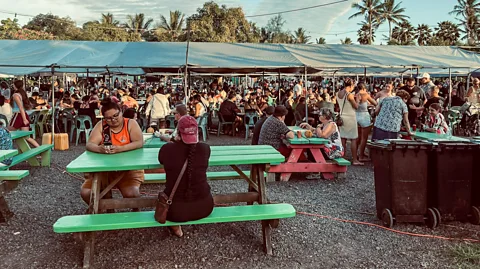
As the days passed, we saw how sustainability is woven into everyday life across the islands. At the Muri Night Market, a popular outdoor dinner option, we watched vendors prepare island dishes like ika mata (raw fish marinated in lime and coconut milk) and rukau rukau (taro leaves in coconut cream), all using local ingredients.
We were struck by the market’s Rent-a-Plate project, where visitors can borrow reusable plates and cutlery instead of using disposable plastic. Cook Islanders also promote clean water initiatives. We purchased reusable bottles from the visitor’s centre and refilled them at free UV-treated water stations around the island, a project led by the Te Ipukarea Society to minimise plastic waste.
How to play your part
1. Support the Cook Islands economy by buying local crafts, clothing and food. Attend a cultural tour or show and embrace the traditions, customs and lifestyle.
2. Take shorter showers to save the islands’ limited water supply and minimise electricity use.
3. Volunteer with Muri Environment Care Group. Every Wednesday and Thursday, visitors can join efforts to protect Muri Lagoon by participating in soil restoration projects and planting native trees near streams to control sediment flow into the lagoon.
4. Choose eco-friendly experiences and products, use reef-safe sunscreen and avoid single-use plastics.
Beyond sustainable dining, Cook Islanders have taken marine conservation to a global scale. In 2017, the country established the Marae Moana Marine Park, making the 15 islands the world’s largest multi-use marine protected area, covering 1.9 million square kilometres. The legislation also bans large-scale commercial fishing and seabed mining within 50 nautical miles of each island.
“Marae Moana is the idea of shared space, a new concept of creating a sanctuary and the conservation effort that allows for shared, sustainable activity,” said Eggelton.
“The project is an example of Mana Tiaki or island conservation,” explains Goodwin. “Mana Tiaki means guardianship with a sacred purpose.” He explained that culturally, for most Polynesians, the ocean is sacrosanct. “The beaches bring tourists to this holiday destination, but they also connect Cook Islanders to the ocean.”
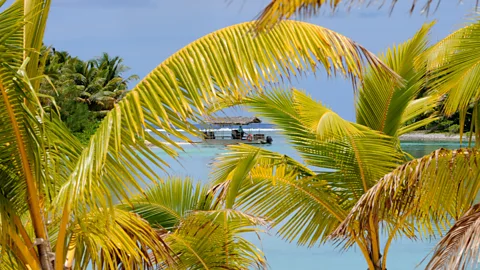
As the days passed, we explored the endless powdery white-sand beaches that ring Rarotonga, from Aroa Beach where fiery, colourful sunsets painted the sky with hues of vivid orange and crimson to serene and scenic Titikaveka Beach. They were all pristine and uncrowded, lined by palm trees, parkways and picnic tables. Most were unobstructed, with no commercial buildings to obstruct the view.
By the time our trip had come to an end, we better understood how Cook Islanders have created a blueprint for preserving paradise by blending ancient conservation methods with modern environmental initiatives. “It’s about leaving both the people and the place better off than you found it,” said Eggelton.
Goodwin echoed the sentiment: This is our little paradise; if we all look after it, she will look after us.” BBC
